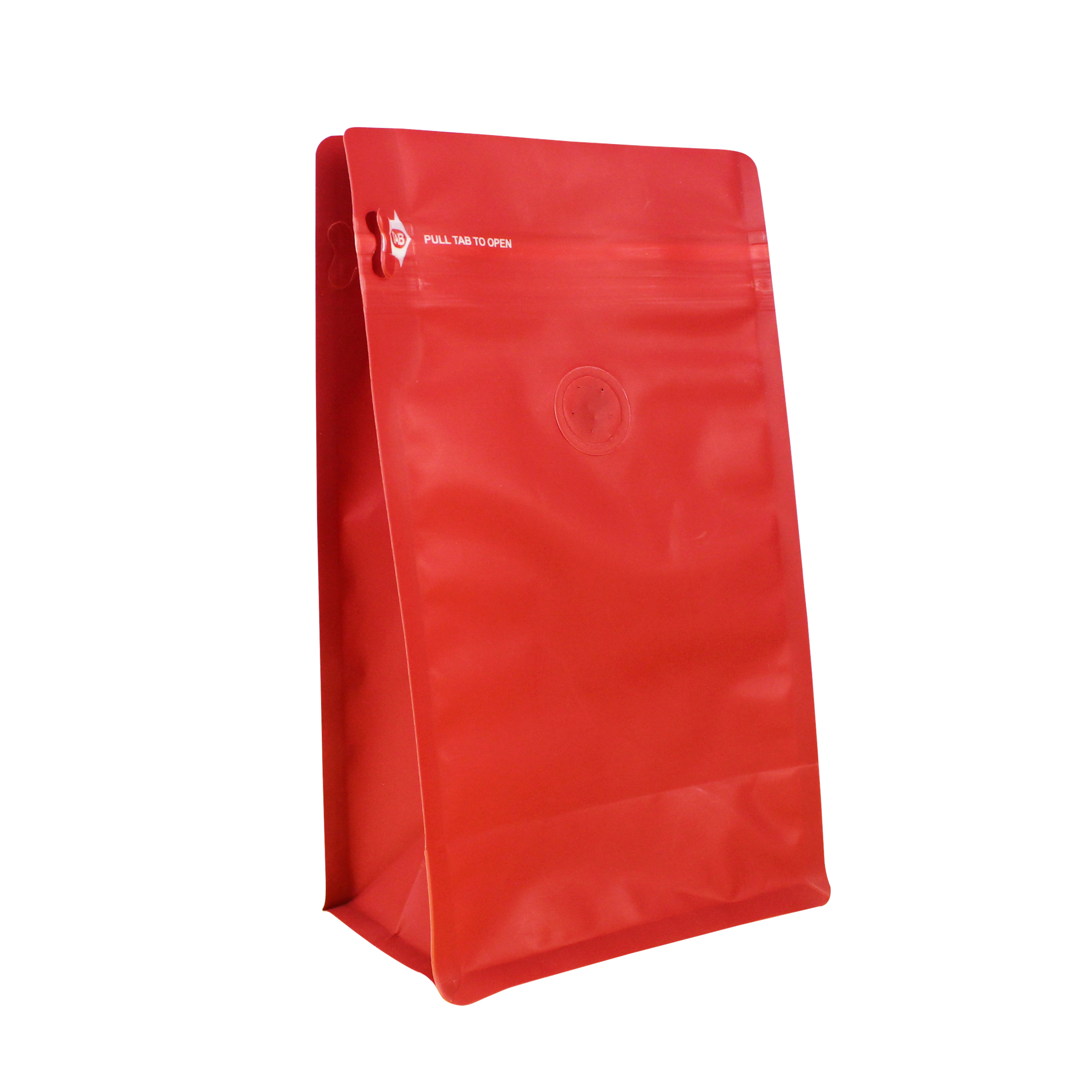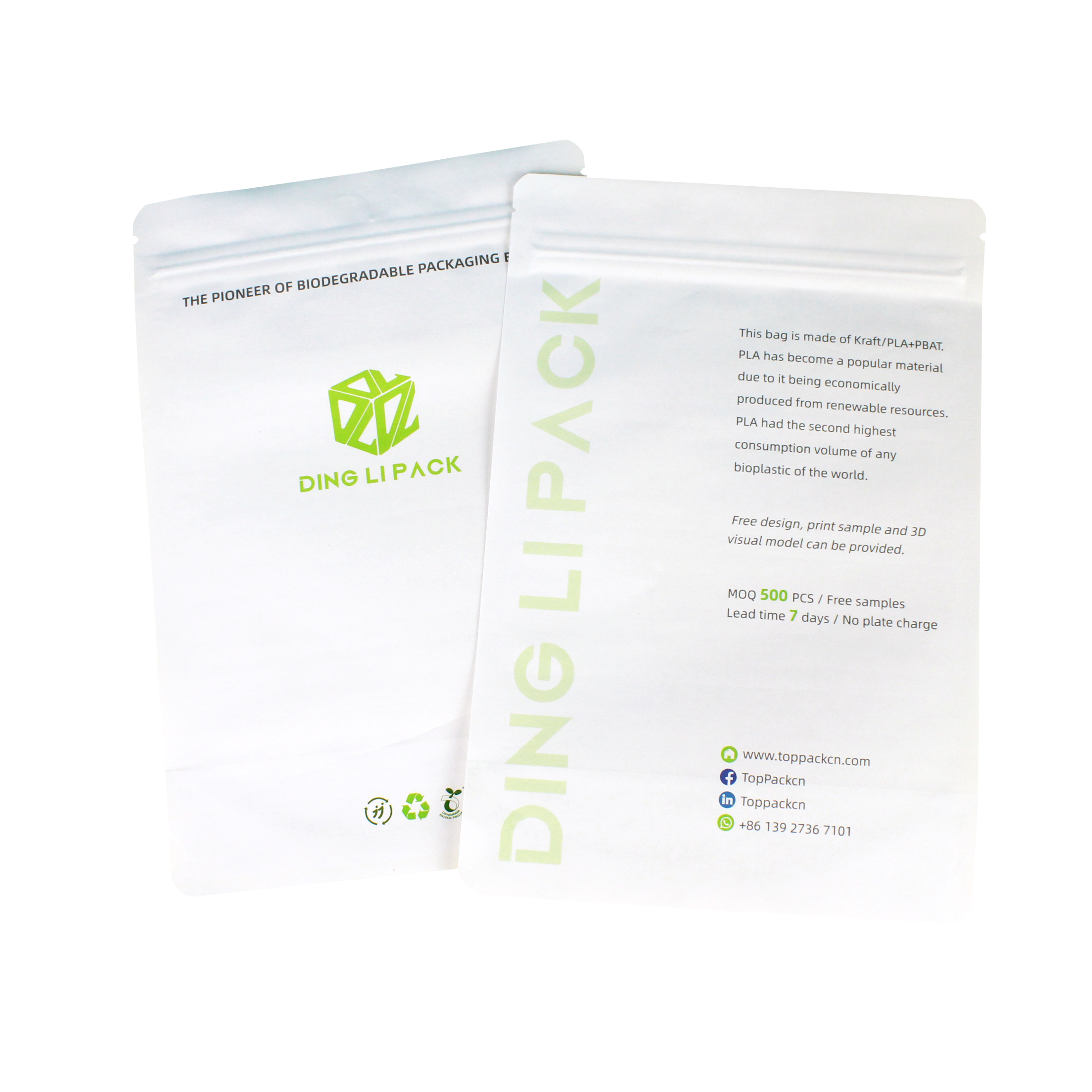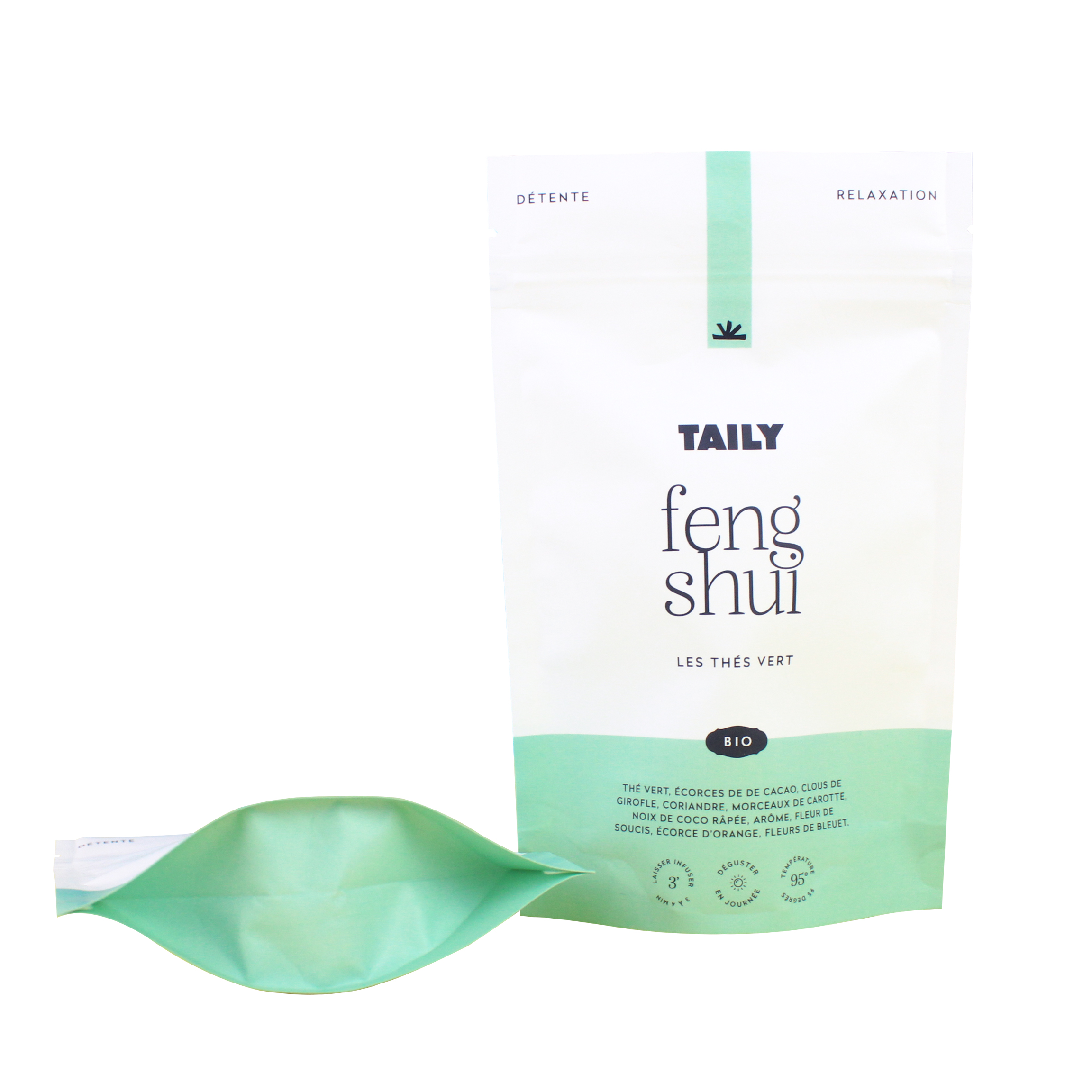Plastic Packaging
Plastic packaging bags are a popular choice for snack packaging due to their durability, flexibility, and low cost. However, not all plastic materials are suitable for snack packaging. Here are some of the most common plastic materials used for snack packaging bags:
Polyethylene (PE)
Polyethylene is a widely used plastic bags. It is a lightweight and flexible material that can be easily molded into different shapes and sizes. PE bags are also resistant to moisture and can keep the snacks fresh for a longer period of time. However, PE bags are not suitable for hot snacks as they can melt at high temperatures.
Polypropylene (PP)
Polypropylene is a strong and durable plastic material that is commonly used for snack packaging bags. PP bags are resistant to oil and grease, making them ideal for packaging greasy snacks such as chips and popcorn. PP bags are also microwave-safe, which makes them a popular choice for snack packaging.
Polyvinyl Chloride (PVC)
Polyvinyl Chloride, also known as PVC, is a plastic material that is commonly used for snack packaging bags. PVC bags are flexible and durable, and they can be easily printed with colorful designs. However, PVC bags are not suitable for hot snacks as they can release harmful chemicals when heated.
In summary, plastic packaging bags are a popular choice for snack packaging due to their durability, flexibility, and low cost. However, it is important to choose the right plastic material for snack packaging to ensure the safety and quality of the snacks. PE, PP and PVC are some of the most common plastic materials used for snack packaging bags, each with their own advantages and limitations.

Biodegradable Packaging Bags
Biodegradable packaging bags are an environmentally-friendly option of snack packaging. These bags are designed to break down naturally over time, reducing the amount of waste that ends up in landfills. Two common types of biodegradable materials used in snack packaging bags are Polylactic Acid (PLA) and Polyhydroxyalkanoates (PHA).
Polylactic Acid (PLA)
Polylactic Acid (PLA) is a biodegradable polymer made from renewable resources such as corn starch, sugarcane, and cassava. PLA has gained popularity in recent years due to its ability to break down naturally in the environment. It is also compostable, meaning it can be broken down into organic matter that can be used to enrich soil.
PLA is commonly used in snack packaging bags because it is strong and durable, but still biodegradable. It also has a low carbon footprint, making it an environmentally-friendly option.
Polyhydroxyalkanoates (PHA)
Polyhydroxyalkanoates (PHA) are another type of biodegradable polymer that can be used in snack packaging bags. PHA is produced by bacteria and is biodegradable in a wide range of environments, including marine environments.
PHA is a versatile material that can be used in a variety of applications, including snack packaging. It is strong and durable, but also biodegradable, making it an ideal choice for environmentally-conscious snack manufacturers.
In conclusion, biodegradable snack packaging bags such as PLA and PHA are a great choice for snack manufacturers looking to reduce their environmental impact. These materials are strong, durable, and biodegradable, making them an ideal choice for snack packaging.
Paper Packaging Bags
Paper packaging bags are an eco-friendly and sustainable option for snack packaging. They are made of renewable resources and can be recycled, composted or reused. Paper bags are also lightweight, easy to handle and cost-effective. They are ideal for packaging dry snacks such as chips, popcorn and nuts.
Paper packaging bags are available in different types, including:
Kraft Paper Bags: made of unbleached or bleached pulp, these bags are strong, durable, and have a natural look and feel.
White Paper Bags: made of bleached pulp, these bags are smooth, clean, and have a bright appearance.
Greaseproof Paper Bags: these bags are coated with a layer of grease-resistant material, making them suitable for packaging oily snacks.
Paper bags can be printed with custom designs, logos, and branding, making them an excellent marketing tool for snack companies. They can also be fitted with features such as resealable zippers, tear notches, and clear windows to enhance convenience and visibility.
However, paper bags have some limitations. They are not suitable for packaging wet or moist snacks as they can easily tear or become soggy. They also have a limited barrier against moisture, oxygen, and light, which can affect the shelf life and quality of the snacks.
Overall, paper packaging bags are a sustainable and versatile option for snack packaging, especially for dry snacks. They offer a natural look and feel, are cost-effective, and can be customized to meet specific branding and marketing needs.
Post time: Aug-23-2023







